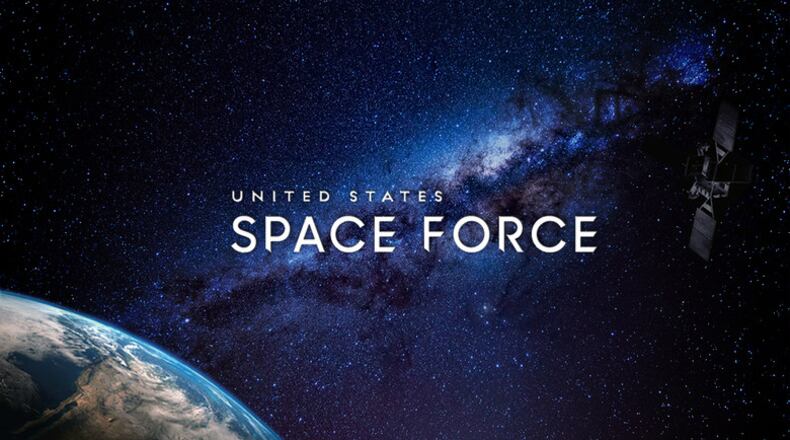But competing for the command and its 1,400 good jobs will be a distinct challenge for Dayton, said John Boyd, owner of Princeton, N.J.-based Boyd Co., a national location consulting firm.
“Dayton clearly is an outlier in the competition for the new Space Command headquarters,” Boyd said Monday.
On Friday, the Department of Defense invited communities to nominate themselves as a home for the U.S. Space Command, which was formed last August as the military’s 11th unified combatant command, overseeing U.S. military missions in orbit.
The future headquarters is expected to have about 1,400 military and civilian employees.
Loren Thompson, a Virginia-based defense industry analyst familiar with the Dayton area, says Colorado Springs already has the “critical mass” for hosting the command. The command is based provisionally at Peterson Air Force Base, Colorado.
“I think Dayton or any place in Ohio would be a long shot in seeking the location,” Thompson said.
RELATED: Space Command HQ? Dayton urged to make its case
Even as it faces an uphill climb, there are strengths the Dayton area enjoys that advocates can emphasize — assets that can boost the region in other ways, drawing positive attention from a global corporate audience, Boyd said.
For example, the Dayton area boasts impressive intellectual capital, and Dayton leaders should talk more about that, he suggested.
MORE: How the economic crisis has affected Dayton's top employers — who's cut jobs, who's hiring
“Only four markets in the nation have more science and engineering graduates in the labor market,” Boyd said. “How many executives know that right now? Not enough.”
Dayton hasn’t had a signature corporate presence since NCR pulled its headquarters from the region to the Atlanta area in 2008 and 2009.
MORE: More Wright-Patterson workers to return. Commander: We 'never stopped working'
But the presence of Wright-Patterson Air Force Base, a major Air Force center of research and logistics efforts, can continue to benefit the region, Boyd and Thompson said.
“The existing aerospace cluster, and its official designation as the state’s aerospace hub, that is worthy of a national promotion effort,” Boyd said.
While Dayton is competing against cities that enjoy higher levels of “in-migration,” the Miami Valley can boast of a lower cost of living, lower construction costs and fewer traffic hassles.
Further, in the post-COVID-19 landscape, Boyd said he expects companies to be more open to locating in smaller cities, away from crowded urban areas.
Among the criteria laid out by the Pentagon in its search for the headquarters: Communities that are within 25 miles of a military base, within the top 150 most populous “metropolitan statistical areas,” and score at least 50 out of 100 points on the American Association of Retired Persons’ Livability Index, among other criteria.
Dayton clearly has a military base nearby. As of July 2019, the Dayton-Kettering MSA was ranked at 107 in terms of population. And according to the AARP Index, the Dayton area scores a 53.
RELATED: 'Magnet for high tech:' How research drives Wright-Patt's $15.5B impact
Boyd expects California and Florida — with the latter state’s “Space Coast” — to emerge as strong contenders.
Advocates for Dayton expect to stress Wright-Patterson and the Springfield Air National Guard Base, as well as the rapidly growing National Air and Space Intelligence Center (NASIC) and the 178th Intelligence, Surveillance and Reconnaissance Group, and Air Force Research Laboratory, all in the area.
Elaine Bryant, executive vice president for aerospace and defense for the Dayton Development Coalition, said Dayton may be an “underdog” compared to other markets. But that won’t deter the community from making its case, she said.
RELATED: Insider tells how the community works to land missions for Wright-Patt
The next step is laying out the area’s proposal, illustrating how the region “meets and exceeds” the Pentagon’s criteria, she said.
“We have everything that it takes,” Bryant said.
“When you look at all the criteria, Dayton, Ohio scores extremely high in all of those areas,” said Jeff Hoagland, president and chief executive of the coalition.
“We’re not going to shy away from this,” he added.
About the Author

